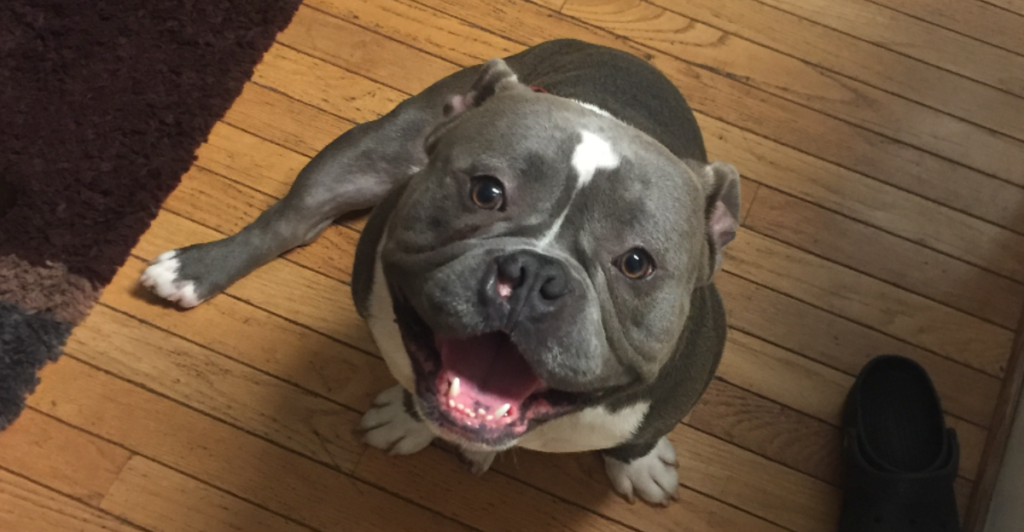
Taking care of a dog’s well-being goes beyond basic food and shelter—it’s about creating a daily routine that nurtures their physical, mental, and emotional health. From regular exercise to mental stimulation, from veterinary check-ups to interactive play, every small effort contributes to a happier, healthier life for your furry companion. These are twelve everyday activities to skyrocket your dog’s well-being.
1. Daily Exercise
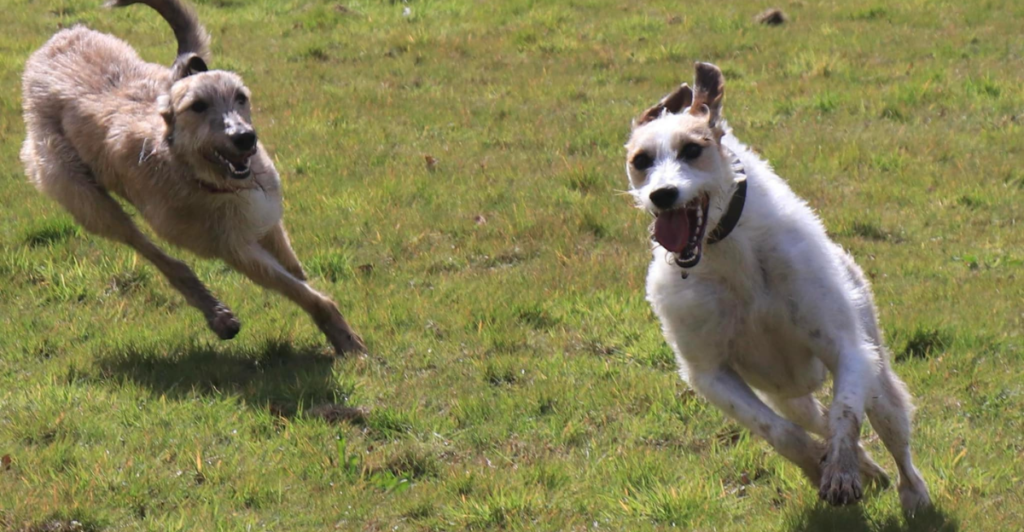
Regular physical activity is crucial for your dog’s overall well-being. The amount and type of exercise needed can vary greatly depending on your dog’s breed, age, and energy level. For most dogs, aim for 30 minutes to two hours of activity daily. This can include walks, runs, swimming, or playing fetch. Exercise helps maintain a healthy weight, strengthens muscles and bones, improves cardiovascular health, and prevents behavioral issues arising from pent-up energy.
2. Mental Stimulation
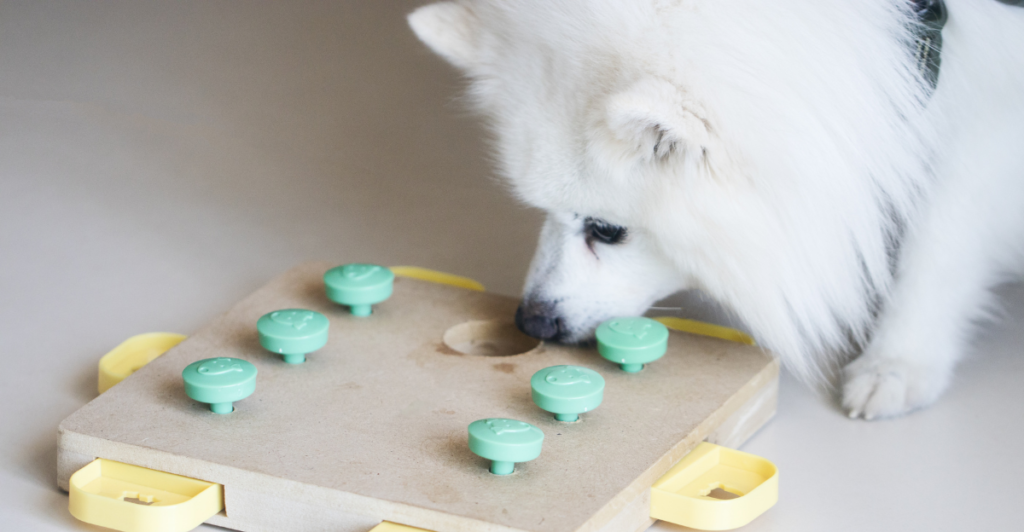
Like physical activity, mental stimulation is important for your dog’s cognitive health and happiness. Dogs are intelligent creatures that need mental challenges to stay sharp and content. Incorporate puzzle toys, training sessions, and interactive games into your dog’s daily routine. These activities can prevent boredom, reduce anxiety, and even slow cognitive decline in older dogs. Try hiding treats in puzzle toys, teaching new tricks, or playing scent games. Short, frequent training sessions are often more effective than long ones. You can also rotate toys to keep things interesting.
3. Daily Grooming Touch-ups
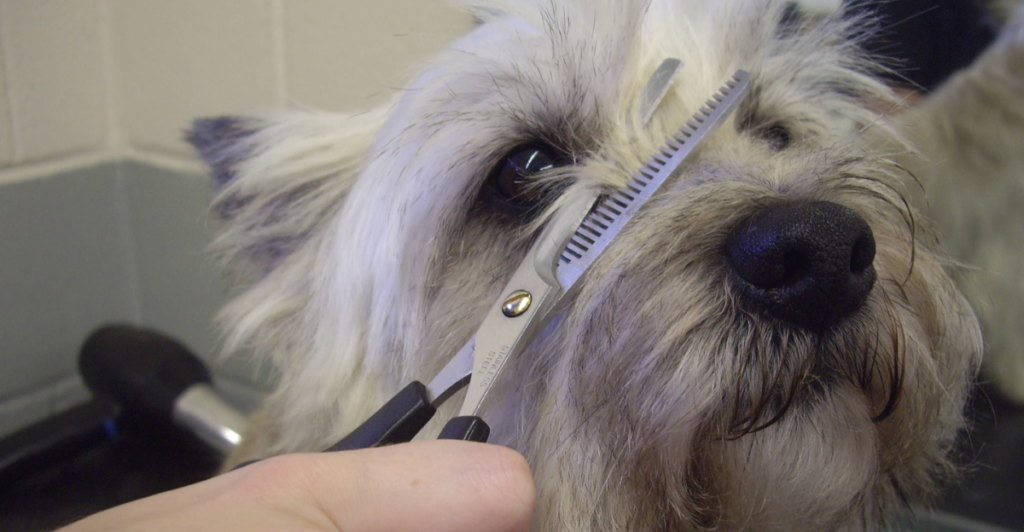
Even if your dog doesn’t require extensive grooming, incorporating a quick daily grooming routine can greatly benefit their well-being. Brushing your dog’s coat daily removes loose fur, prevents matting, and promotes healthy skin by distributing natural oils. It’s also an excellent opportunity to check for ticks, fleas, or skin irritations. Short grooming sessions strengthen the bond between you and your dog while helping them become comfortable with handling, which can make professional grooming or vet visits less stressful.
4. Dental Care
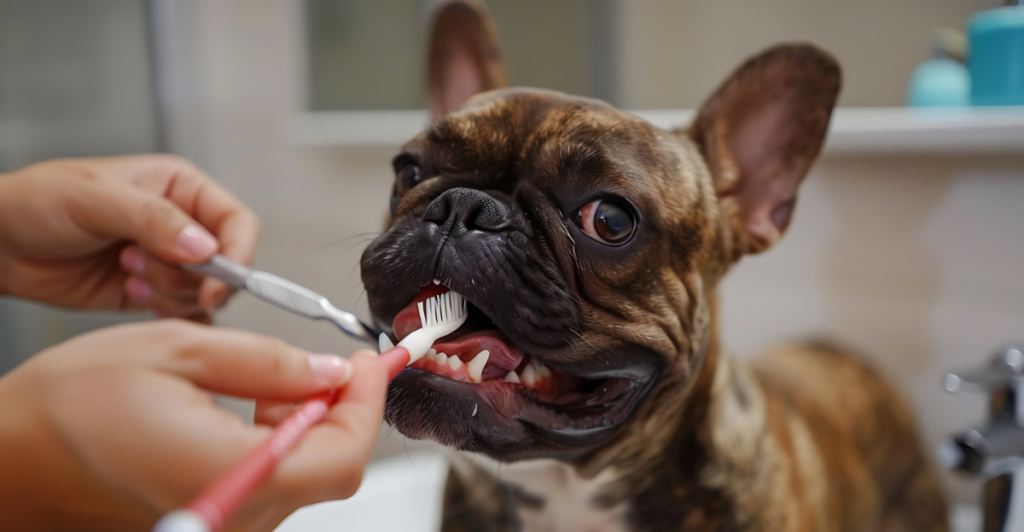
Maintaining your dog’s oral health is more important than many pet owners realize. Regular dental care can prevent periodontal disease, which not only causes bad breath and tooth loss but can also lead to more serious health issues affecting the heart, liver, and kidneys. Aim to brush your dog’s teeth daily, or at least three times a week, using a dog-specific toothpaste (never use human toothpaste). If your dog resists brushing, start slowly by getting them used to having their mouth touched, then gradually introduce the toothbrush and paste. In addition to brushing, consider dental chews, water additives, or specially formulated dental diets.
5. Exploration and New Experiences

Dogs thrive on novelty and new experiences. Introducing variety to your dog’s routine can prevent boredom, reduce anxiety, and provide mental stimulation. Explore new walking routes in your neighborhood or try different hiking trails to expose your dog to new sights, sounds, and smells. Create indoor treasure hunts by hiding treats or toys around the house. Provide novel sensory experiences like walking on different surfaces (sand, grass, gravel) or introducing new textures through toys. You can also take your dog to dog-friendly stores, outdoor cafes, or on car rides to new places.
6. Consistent Feeding Schedule
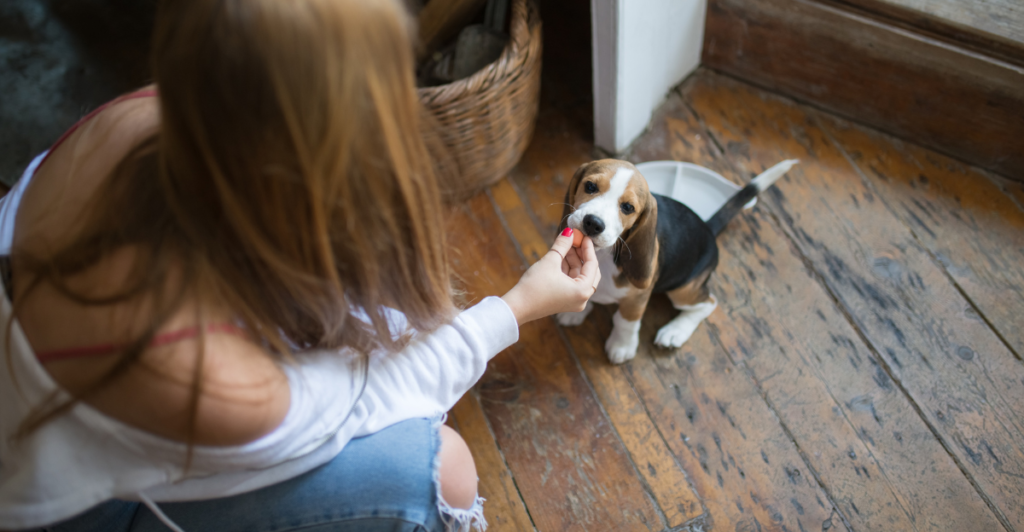
Maintaining a regular feeding routine is important for your dog’s metabolism and digestive health. Most adult dogs do well with two meals a day, while puppies may require three or four smaller meals. Stick to a consistent schedule as much as possible, as this helps regulate your dog’s digestive system and can prevent issues like bloat in susceptible breeds. The amount and type of food should be appropriate for your dog’s age, size, and activity level – consult with your veterinarian for specific recommendations. Always provide fresh, clean water.
7. Playtime and Bonding
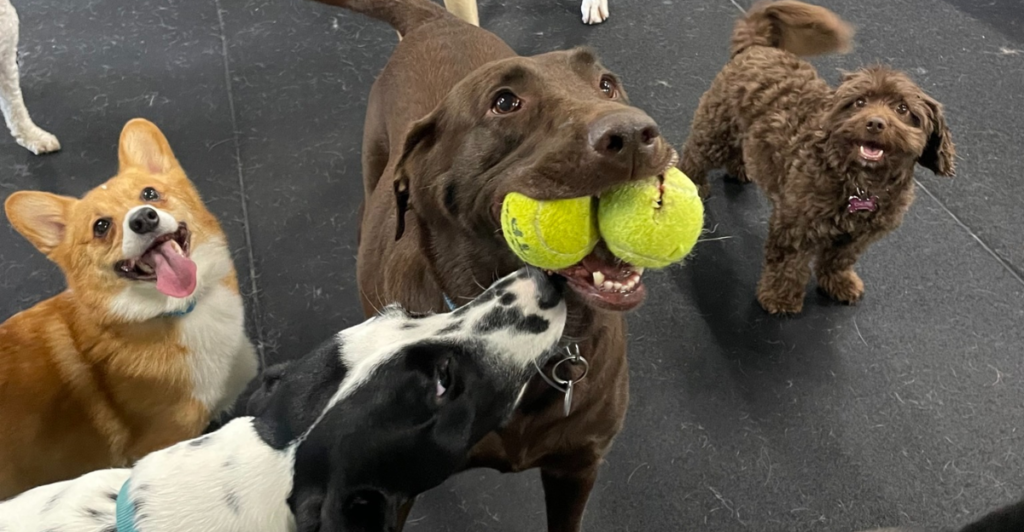
Dedicating time each day for interactive play is crucial for your dog’s emotional well-being and your relationship. Activities like fetch, tug-of-war, or hide-and-seek provide physical exercise, mental stimulation, and bonding opportunities. The type of play can vary based on your dog’s preferences – some dogs love chasing balls, while others prefer gentler games. Incorporate toys that encourage natural behaviors like chewing or foraging. Don’t forget the importance of simple affection – regular cuddling, petting, and talking to your dog helps strengthen your bond and can even have health benefits for both of you, reducing stress and promoting relaxation.
8. Health Monitoring
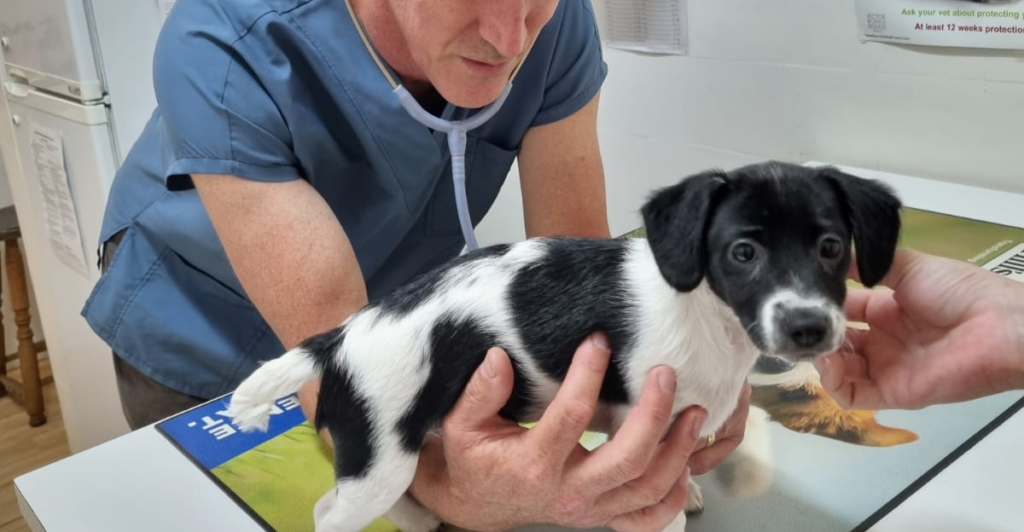
Regular at-home health checks can help you detect potential issues early. Take some time to thoroughly examine your dog. Check their skin and coat for any unusual lumps, bumps, or areas of irritation. Look at their eyes, ears, and mouth for any signs of redness, swelling, or discharge. Feel their body, including their abdomen, for any swelling or tenderness. Check their paws, including between the toes, for any cuts, swelling, or objects stuck in the pads. Monitor their eating, drinking, and bathroom habits for any changes. By familiarizing yourself with what’s normal for your dog, you’ll be better equipped to notice when something’s amiss.
9. Mental and Physical Challenges
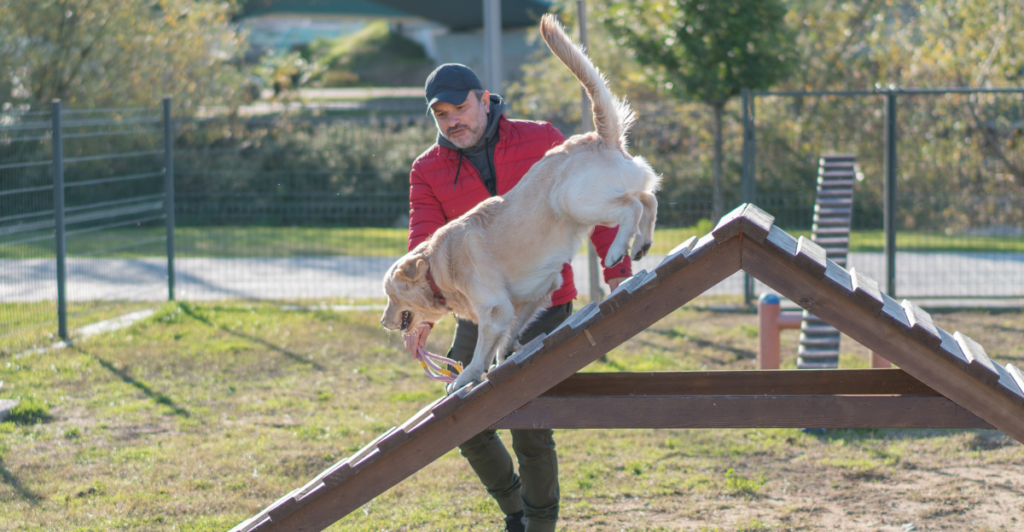
Combining mental and physical challenges provides comprehensive stimulation for your dog. Activities like agility training, obstacle courses, or interactive walks with training exercises incorporated can achieve this dual purpose. These activities not only provide physical exercise but also require focus, problem-solving, and following commands, giving your dog’s brain a workout too. You can set up simple obstacle courses in your backyard using household items or join local agility classes. During walks, incorporate training exercises like sit-stays, recalls, or new tricks.
10. Socialization
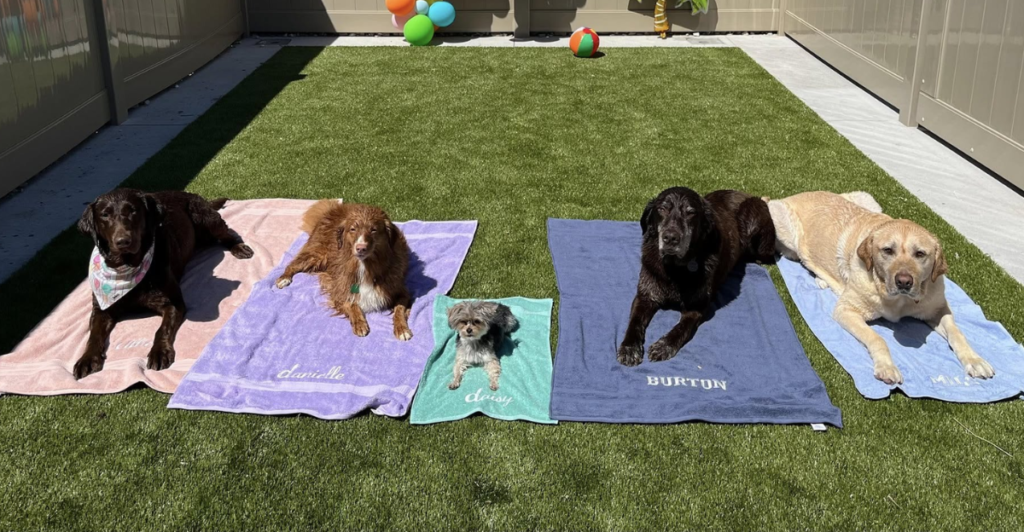
Providing opportunities for your dog to interact with other dogs and experience new environments is crucial for their social and mental development. This is especially important for puppies, but adult dogs also benefit from ongoing socialization. Arrange playdates with friendly dogs, visit dog parks (if your dog is comfortable in that setting), or consider doggy daycare. Expose your dog to different people, animals, and situations in a positive, controlled manner. This helps prevent fear and aggression issues and makes your dog more adaptable to new situations. However, always ensure these interactions are positive – forced socialization can do more harm than good. Pay attention to your dog’s body language and respect their comfort level.
11. Relaxation Time
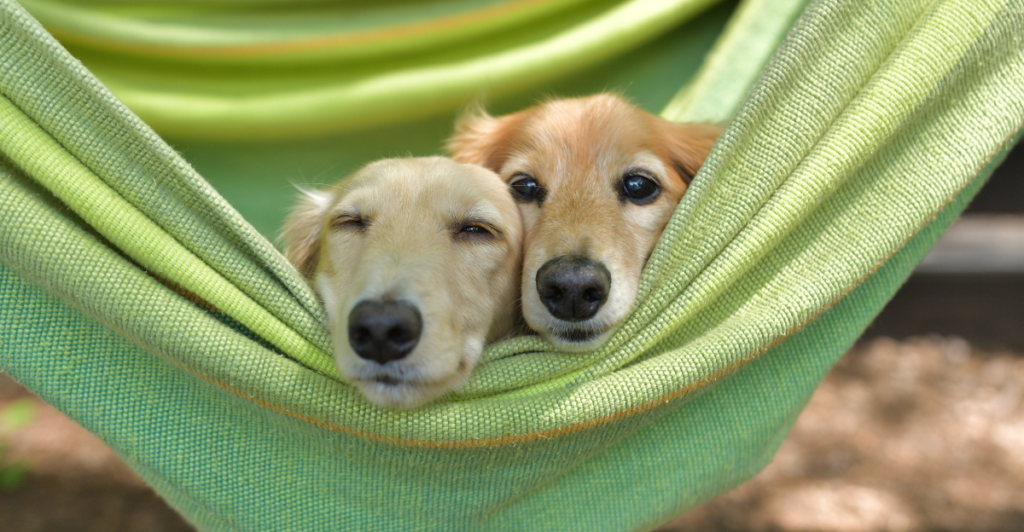
While activity and stimulation are important, it’s equally crucial to establish quiet periods where your dog can rest and settle. This helps balance their daily activities and prevents overstimulation. Create a comfortable, quiet space where your dog can retreat when they need downtime. This could be a crate, a dog bed in a quiet corner, or a designated room. Teach your dog to settle on command, which can be useful in various situations. Some dogs benefit from calming aids like classical music or pheromone diffusers. Regular relaxation time can help reduce stress and anxiety, improve sleep quality, and contribute to better overall behavior.
12. Positive Reinforcement
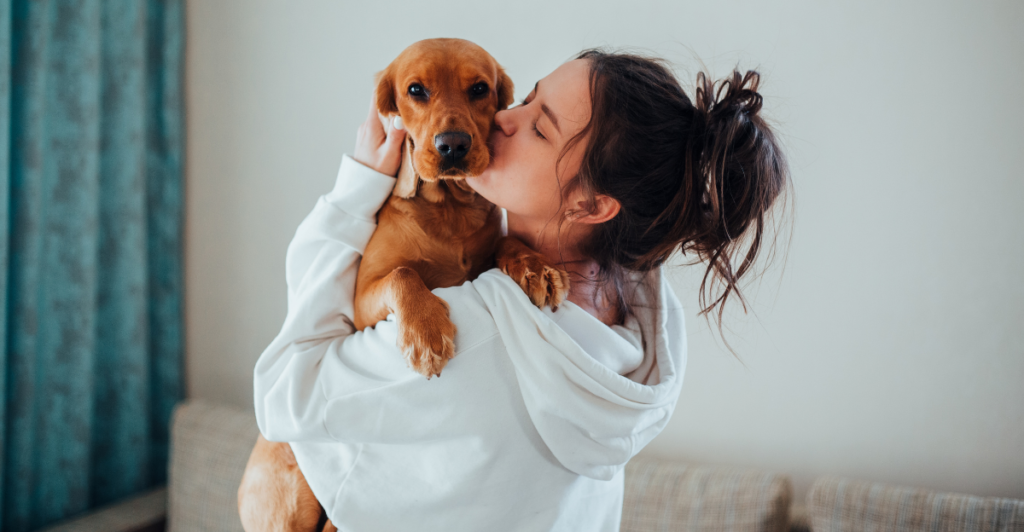
Positive reinforcement is one of the most effective ways to encourage good behavior and strengthen your bond with your dog. This involves rewarding desired behaviors with treats, praise, toys, or affection. The key is to reward immediately after the desired behavior occurs so your dog makes the connection. Positive reinforcement can be used in training sessions, during daily activities, or to address behavioral issues. It helps build your dog’s confidence, makes them more likely to repeat good behaviors, and creates a positive association with you and with learning. Remember to vary the rewards to keep things interesting, and gradually reduce the frequency of treats as behaviors become more established.
Discover more of our trending stories and follow us to keep them appearing in your feed

10 Easy Ways To Stop A Charging Dog
12 Dog Breeds That Stay Puppy-Sized Forever
12 Foods That Should Never Be Fed To Dogs
12 Dogs That Require More Than Love to Fit In
Stay connected with us for more stories like this! Follow us to get the latest updates or hit the Follow button at the top of this article, and let us know what you think by leaving your feedback below. We’d love to hear from you!







